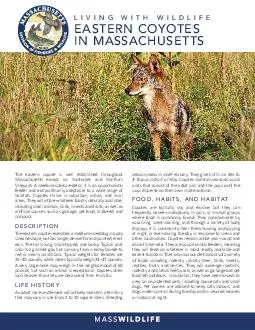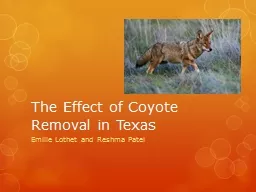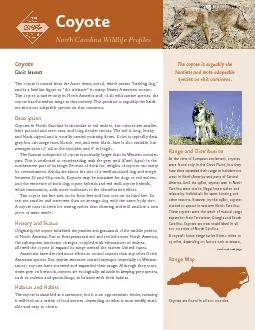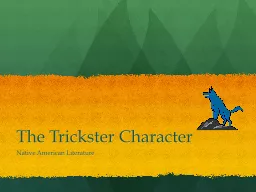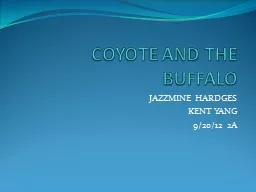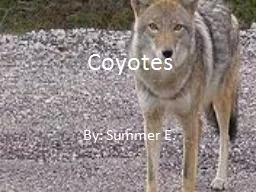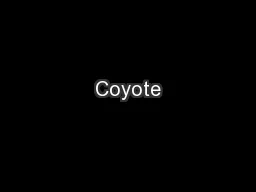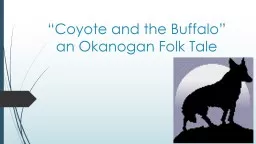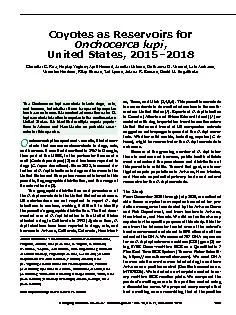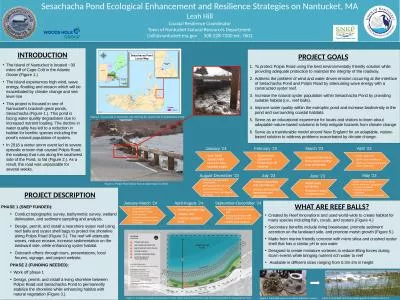PDF-Living With Wildlife Eastern Coyotes in Massachusetts The eastern coyote Canis latrans
Author : test | Published Date : 2015-03-12
A medium sized predator it is an opportunistic feeder and extraordinarily adaptable to a wide range of habitats Coyotes thrive in suburbanurban as well as rural
Presentation Embed Code
Download Presentation
Download Presentation The PPT/PDF document "Living With Wildlife Eastern Coyotes in ..." is the property of its rightful owner. Permission is granted to download and print the materials on this website for personal, non-commercial use only, and to display it on your personal computer provided you do not modify the materials and that you retain all copyright notices contained in the materials. By downloading content from our website, you accept the terms of this agreement.
Living With Wildlife Eastern Coyotes in Massachusetts The eastern coyote Canis latrans: Transcript
Download Rules Of Document
"Living With Wildlife Eastern Coyotes in Massachusetts The eastern coyote Canis latrans"The content belongs to its owner. You may download and print it for personal use, without modification, and keep all copyright notices. By downloading, you agree to these terms.
Related Documents

